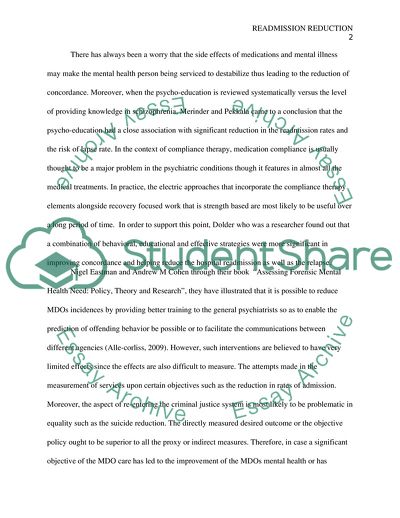Cite this document
(Readmission Reduction Strategies in Behavioral Health Term Paper, n.d.)
Readmission Reduction Strategies in Behavioral Health Term Paper. https://studentshare.org/social-science/1790164-readmission-reduction-strategies-in-behaviorl-health
Readmission Reduction Strategies in Behavioral Health Term Paper. https://studentshare.org/social-science/1790164-readmission-reduction-strategies-in-behaviorl-health
(Readmission Reduction Strategies in Behavioral Health Term Paper)
Readmission Reduction Strategies in Behavioral Health Term Paper. https://studentshare.org/social-science/1790164-readmission-reduction-strategies-in-behaviorl-health.
Readmission Reduction Strategies in Behavioral Health Term Paper. https://studentshare.org/social-science/1790164-readmission-reduction-strategies-in-behaviorl-health.
“Readmission Reduction Strategies in Behavioral Health Term Paper”. https://studentshare.org/social-science/1790164-readmission-reduction-strategies-in-behaviorl-health.


